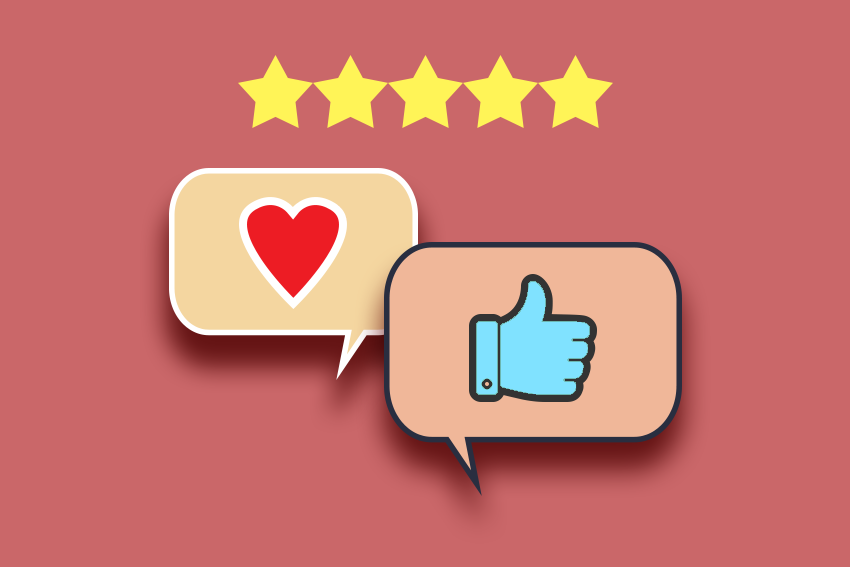It’s likely no surprise that more people are turning toward productivity apps to help them stay on track, given how busy modern life has become. Here’s one example: Technology has made it increasingly possible for people to work remotely or on the go, meaning many ends up experiencing less time truly “off the clock.” As The Guardian reports, fewer than 10 percent of employees checked their work email outside of office hours in 2002. Now, approximately half of employees check their work email outside of work thanks in part to the proliferation of smartphones and tablets.
People are simply trying to fit more productivity into the same 24-hour day in their professional and personal lives. To do so, they’re increasingly turning to technology to keep them on track, collaborate, help them streamline their schedules and remind them about important tasks on their to-do lists. Productivity apps are the intuitive choice for employees, business owners, freelancers and hobbyists looking to stay organized while harnessing the convenience of their mobile devices.
So, if you’re trying to market a productivity app to fill this demand, what are the best ways to promote your app? Here are a few key examples.

Make Your Ads Dynamic
If a mobile user is busy and plugged-in enough to need a productivity app, you can also assume they’re regularly inundated with ads as they go about their business. They’re probably also adept at tuning out generic, one-size-fits-all ads as just another part of the background.
Dynamic ads for apps aim to break through this “background noise.” How? Personalized ad creative. Put simply, these mobile ads appear differently based on the audience segment or individual viewing them. Factors like gender, device type, location, income and more help machine learning algorithms programmatically assemble template-based ads. These ads tend to boost post-install conversion rates because they appeal specifically to your target audience and mobile users displaying similar characteristics.
Re-Engage Previous Users
Busy people install apps with the best of intentions but may divert their attention elsewhere soon afterward. Acquiring users is not enough; it’s important to incorporate a re-engagement strategy into your overall marketing plan because mobile users are only human. The average retention rate for a mobile app is just 22 percent after 90 days. That means within three months, 78 percent of customers will “churn,” meaning delete your app or stop engaging actively with it.
Promoting your productivity app to lapsed users is a cost-effective way to re-engage them. After all, it’s cheaper to retain customers than it is to acquire new ones. There are a number of ways to go about doing so. First of all, serving dynamic retargeting ads works in much the same way as aforementioned, except these ads will reflect wherever customers left off in the app usage funnel. This brings your app to top of mind with the aim of motivating even the busiest user to tap and continue their previous actions seamlessly. Sometimes all people need is a timely, personalized reminder to remember the value your app can provide for them.
Push notifications are another key component in re-engaging customers. You can prompt users to take specific actions based on their behaviors. However, it’s important to let users customize their push notification settings so they’re neither under- or overwhelmed by their frequency. Just like dynamic ads tend to be more effective than generic ones, personalized push notifications are generally more impactful than mass broadcasts.
The best ways to promote your productivity app all involve targeting the right users with personalized messaging—whether in the form of a dynamic advertisement or a push notification.











